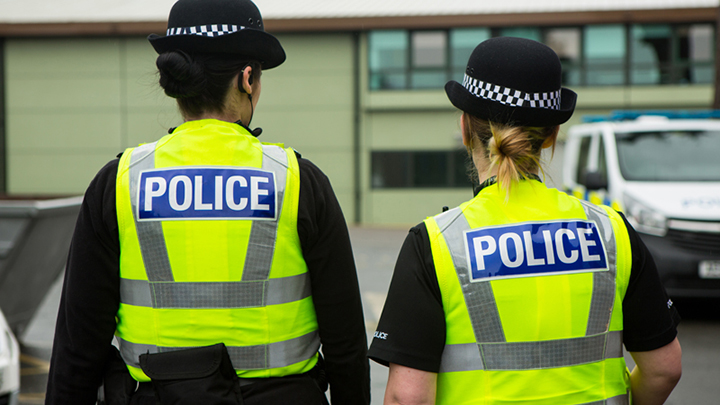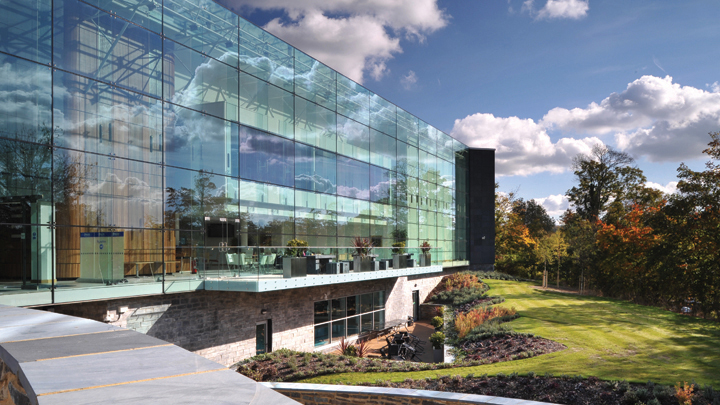
National Treasurer Simon Kempton
Following the news that Metropolitan Police Service has become the latest force to announce it will be utilising Live Facial Recognition technology, our technology lead Simon Kempton gives the lowdown.
“Would you be happy for me to be standing in full uniform standing in the high street looking for criminals?”, I ask the radio presenter in front of me.
When it comes to explaining facial recognition technology to members of the public, I always kick off the conversation with this question.
Well, the answer is yes, right? Fair enough, but if I’m in full uniform so they might see me before I see them.
But what if I’m in plain clothes looking out for thieves or pickpockets?
Still ok?
How about if I’m not in the street in plain clothes, but standing at a window looking down into the street with binoculars to spot criminals? Most once again agree this is fine.
Well what if though, so I can cover more than one street at a time, look at CCTV footage covering four streets at once. Still alright?
What if instead of me watching CCTV, it’s a computer watching the CCTV as it can remember more faces than I can. This is usually the point where they express their dubiousness.
But it’s important to take them on that journey to put everything into perspective and to show them that all facial recognition technology is doing is a task which I wish I could do but can’t – because unfortunately I am not a robot!
I understand there are concerns around the accuracy of the technology, however If you look at ANPR – which is quite similar – it wasn’t all that accurate to start off with.
It was reading the numbers six as eight and the letters Cs and Ds as Gs and all sorts – but it had to start somewhere, and technology improves quite rapidly. The accuracy for number plate readings is now up in the 90% mark and members of the public are happy with its use. You never hear anyone arguing against it.
But there are more sensitivities around facial recognition – I get that – faces are personal.
“But what about now?” They ask. “What if people are being unlawfully arrested?” Well, nobody is because the technology just flags a suspect with an officer who then uses their judgement to see if it is a match. It helps officers do their job – it doesn’t take over their job.
The next biggest concern is over data retention, with human rights groups campaigning over people being recorded against their will. Well, that started 30 years ago. When is the last time you walked into a place without CCTV?
By law, faces have to be erased from the system after 31 days and any collected data will never be shared to third parties.
I know is a lot of scepticism out there and people are a little scared because it’s a bit different, it’s new and it’s futuristic – but the changing face of crime (no pun intended!), a growing population and almost 22,000 fewer officers on our streets since 2010 mean police needs to make use of these tools to better protect the public they serve.
If 100 people walk past a camera and one person is known to carry a knife and rob vulnerable members of the public and that camera detects that person correctly – it could potentially stop one of the other 99 people becoming a victim of crime.
The key is that trained police officers will always retain the final decision on how to use the information the camera provides and choose to ignore the match if it is incorrect. In that way this is a tool like so many others we use to keep the public and the streets safe with the right guards in place.














